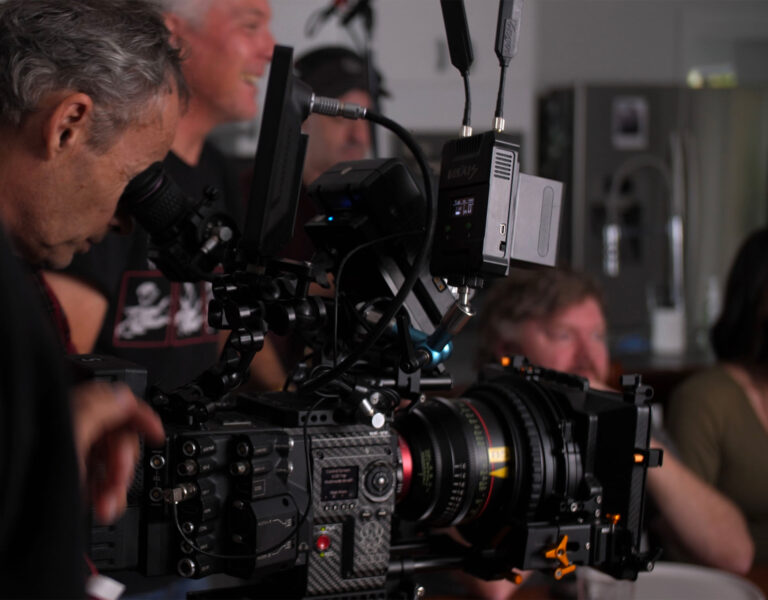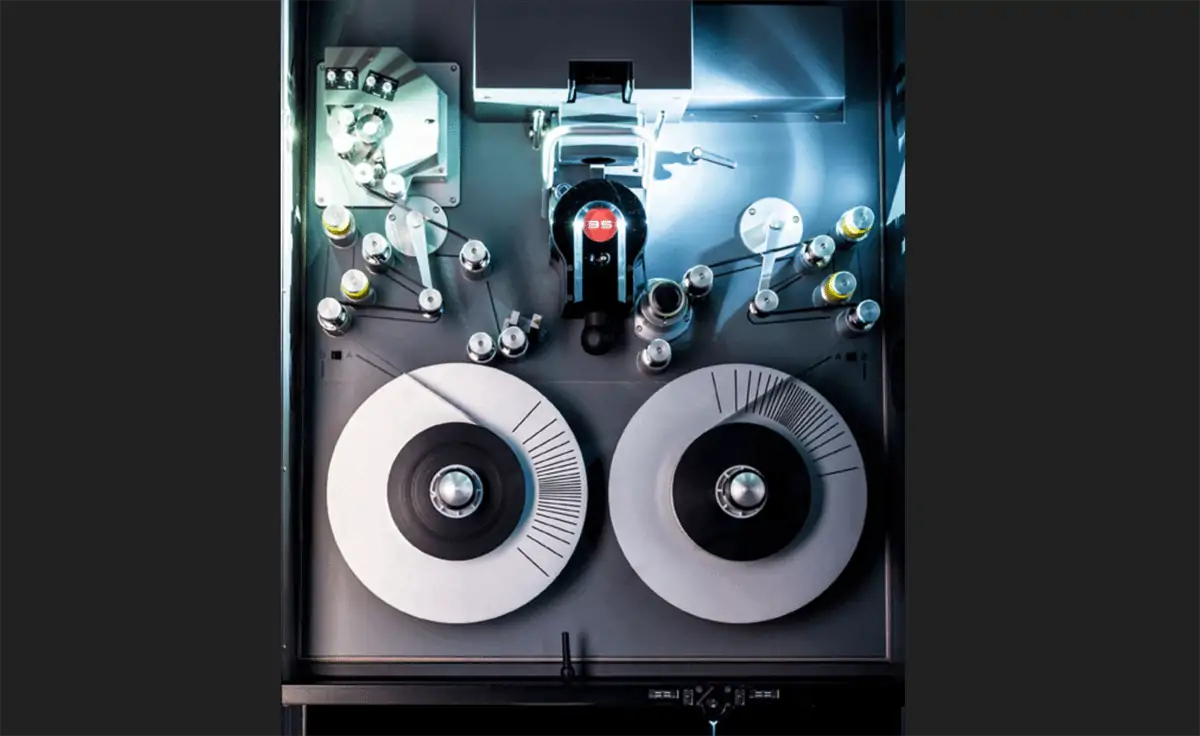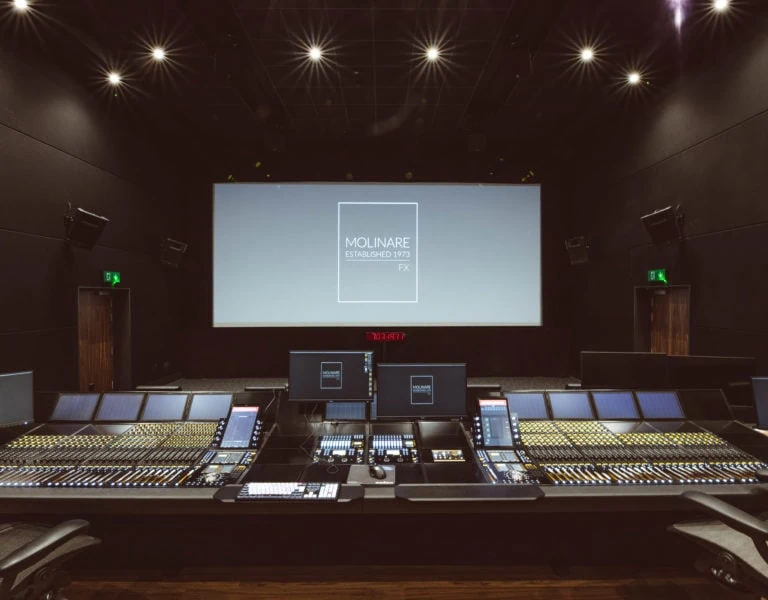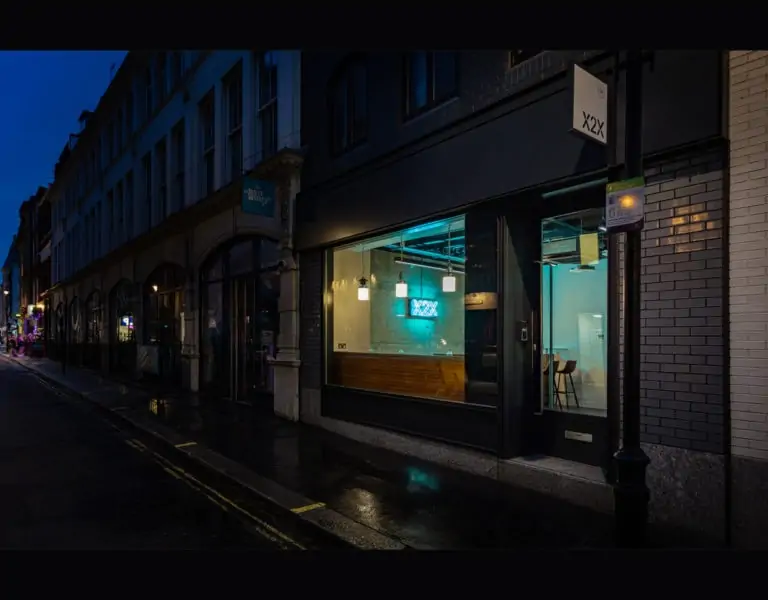Toby Tomkins, CHEAT’s founder and managing director, explains why we should start considering HDR for commercials to bring a touch of magic to the screen.
This week, Netflix announced that their ad-based subscription already has five million monthly active users, while YouTube has launched 30 second un-skippable ads to their platform of over two billion monthly users.
What does this mean for the world of advertising and our craft?
As filmmakers, we are constantly searching for ways to enhance narrative and move storytelling forward with our imagery. DPs and colourists use the magic of their craft to achieve this. With the dramatic increase of HDR presentation online, it’s time to start considering HDR for commercials as it can give us more magic to play with.
HDR used to be the reserve of high-end features and TV, accessible only to those who had the latest TVs and audio-visual hardware. However, today access is broadly available, with almost all new TVs, phones, and tablets supporting HDR. In fact, most phones now shoot and record HDR, and almost all online video/social platforms (such as YouTube, Vimeo, Instagram, TikTok, and Facebook) support HDR presentation.
HDR is becoming so prevalent and embedded in these platforms that users / influencers aren’t necessarily aware when they are shooting and sharing HDR. This is starting to become the default way content is being shared on new devices and platforms. As HDR is becoming abundant with user generated content, this is becoming a real problem for advertising content trying to compete.
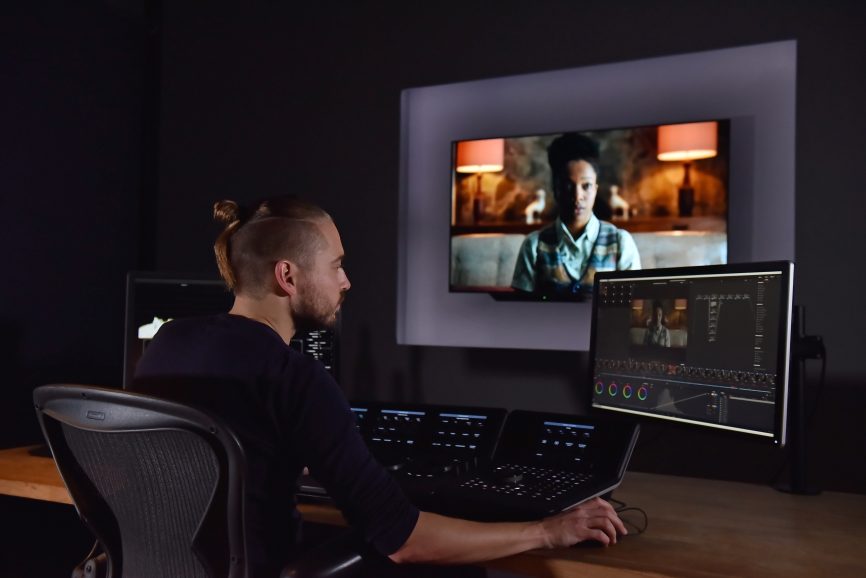
So, why use HDR?
HDR gives us more dynamic range and a larger colour volume to play with. It gives us the potential to have brighter highlights and more colour, with more nuanced gradation across both tone and colour. HDR video without grading is usually very punchy and really ‘pops’ off the screen with a huge amount of dynamic range and depth. It might not be to everyone’s taste but once you get used to it, it has more dimension to it than SDR ever could.
If a viewer’s eyes adjust to watching HDR and then they see SDR, the SDR will always look extremely flat and dull. No matter how beautiful the SDR looked in isolation, after adjusting to HDR, the SDR content will look lacklustre. This is the crux of our problem: if audiences are watching more and more HDR, but our commercials are SDR, there is no chance for the commercials to stand out or appeal to consumers.
Brands are constantly looking for ways to connect with their audience in deeper, more emotive ways, and HDR offers yet another avenue to do this. By embracing HDR, you’ll be able to create even more stunning and impactful visuals for your commercial work. The benefits of HDR can lead to a more immersive and realistic images, if desired! With more and more platforms embracing HDR, and the increasing prevalence of other HDR content it’s becoming a necessary tool for anyone who wants to stay ahead of the curve in the industry and not get left behind.
Like with any new capability, we don’t need to turn it up to 11 to begin with. It’s entirely up to us how to use it and how much we use the extended range. HDR could simply mean an extra stop of highlight detail in that lampshade, a more vivid highlight in a sunset, or even a slightly more saturated turquoise in that aerial sea shot, none of which would have been possible within the limits of SDR / Rec.709.
There’s also an element of inherent authenticity with HDR, as it’s closer to how we see the real world. There’s not enough information yet on how we respond to these images differently to HDR, but I can tell you that you can almost feel the heat from HDR fire and 2D sunsets have never been so mesmerising!
We hate the idea of throwing away generations of visual film grammar and aesthetic development, so it’s important to us that we treat HDR as a natural evolution rather than something new that requires a completely new aesthetic. This is certainly an evolution and not a revolution to how we approach finding the look. Having worked on numerous HDR productions over the last five years (those HETV productions we mentioned earlier!) we’ve mastered the art of keeping HDR cinematic.
We also understand that mastering to HDR does require some changes to the way you approach projects; from planning and production management, to shooting on set, post workflow and grading. Having a quick conversation with your colourist during pre-production will ensure you know what you need to look out for and how best to approach the production for later post. Our guidance and expertise can help put you front of mind for commercials and do what you do best; enhance emotion and move storytelling forever forward…

